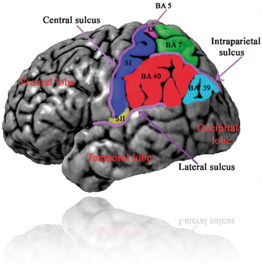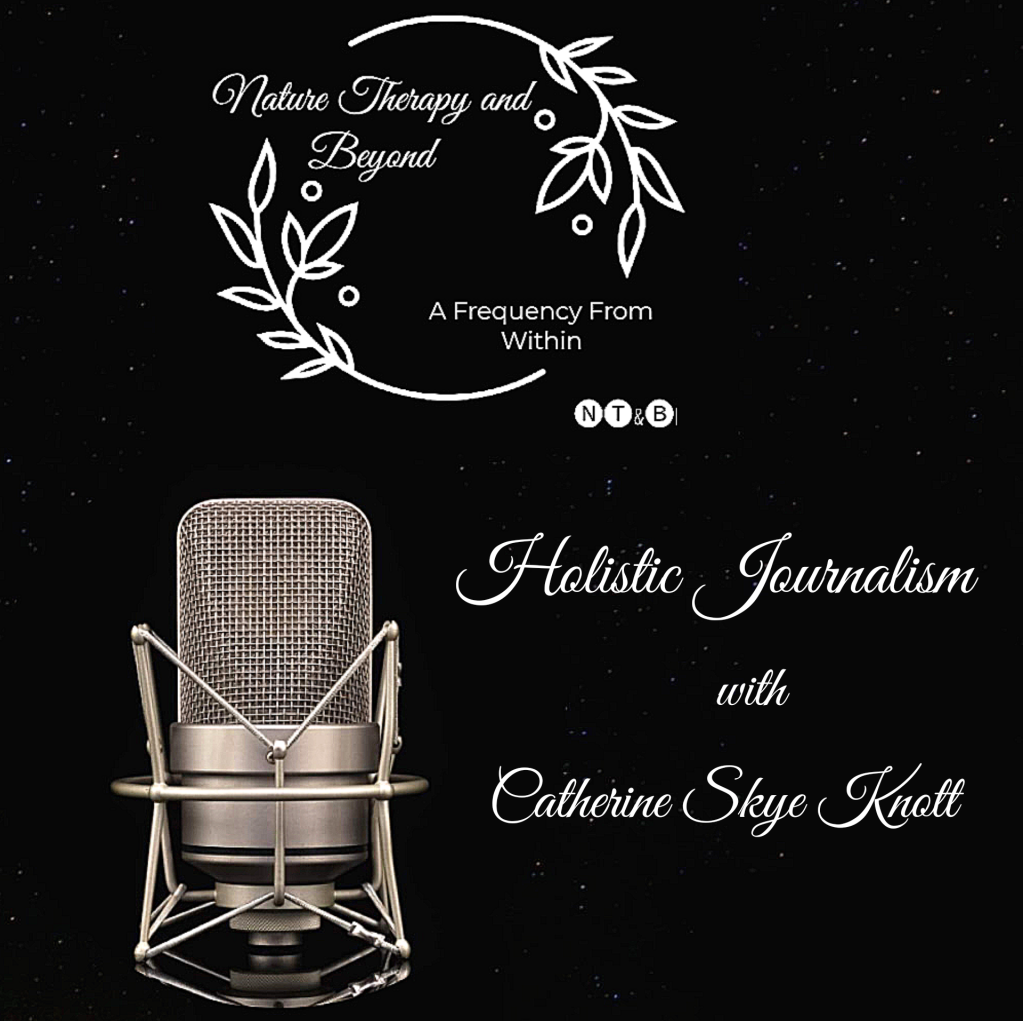• The Benefits of Juggling
| A Mind and Body Therapy •

In a jumble of shapes and colours — physics and magic have become indistinguishable.
Suspending time and space, the Juggler commands gravity to defy reality. Much to the fascination and delight of the audience.
For the onlooker it’s a great spectacle — a display of agility and skill. But in the brain of the juggler — something quite extraordinary is occurring…
A veritable light-show of neural activity, as electricity roars along the grooves inside the hemispheres. New pathways form, commencing a variety of chain reactions. A stunning chemical courtship takes place between the synapses.
When the juggler first learned the basics of this skill, he created definite changes in the white matter of his brain. As he honed his craft, further changes took place — The brain of an expert juggler looks a little different from that of a novice.
Doctor Heidi Johansen-Berg, with the Department of Clinical Neurology, at Oxford University, says this is what learning a new skill will do. White matter represents bundles of long nerve fibres that conduct electrical signals between nerve cells — connecting various regions of the brain.
We hear a lot about the grey matter of the brain, as well. Grey matter consists of the nerve cell bodies where much of the brain’s computing and processing is done.
Using a Magnetic Resonance Imaging Machine, or MRI, we can see that learning to juggle triggers active connections in the brain. There are changes in both white and grey matter, when we experience or learn something new.
The changes have prompted some promising studies. Several of which have suggested juggling may be valuable as a contributing preventative measure against Alzheimer’s and neurological illness.
Another study, observed the brain scans of a group of novice jugglers, as they learned and practiced a variety of juggling tricks, over several weeks.
Before long, their scans showed significant expansion in two areas of the brain — integral to processing information that relates to the physical manipulation of objects.
Specifically, the mid-temporal area and left posterior intraparietal sulcus.

No changes were seen in the brains of non-jugglers, during the same time frame.
A final scan was done after the jugglers stopped their practice — the brain expansion clinicians had witnessed earlier, was reduced.
This data might support the ‘use it, or lose it’ philosophy, as it suggests learning a new skill can alter brain structure — but requires consistency to maintain such changes.
Though it is still unclear what, specifically, caused the brain changes. The expansion in the two brain regions may have been caused by an increase in the number of nerve cells, glial cells or synapses.
It was noted that these changes in brain matter, and connectivity, might apply to any new skill which challenges the brain to ‘level up’ in some manner. Perhaps the same effects could be achieved by regularly tackling crossword puzzles, taking up chess, or joining a dance class.
This brings us to the physical. Where juggling provides a workout for the body as well as the brain.
It’s an activity you can preform in a small space and is perfect for someone working in an office. As long as you remember to breathe while you’re doing it — it’s considered an aerobic activity that burns about 280 calories an hour.
Juggling uses a full spectrum of body mechanics. A range of motion for the arms and shoulders, back and legs. It improves coordination and dexterity and some may find it more stimulating than running on a treadmill or other, more traditional workouts. Preformed solo, or in groups, it is great for anyone with limited mobility, as they can practice sitting down if necessary — it can also be an engaging activity for you and your children.
Stress relief has been cited in several studies related to juggling. The aim of one study was to investigate the effects of juggling as a therapy for patients with anxiety disorder.
The findings indicated juggling therapy may be an effective treatment for not only anxiety, but for patients with post-traumatic stress disorder (PTSD) and mood disorders, as well.
One of the reasons juggling is thought to be so therapeutic relates to the manner in which it stimulates the eye movement of the juggler.
Eye movement de-sensitization and reprocessing, is an integrative psychotherapy approach. It is considered effective for treating several anxiety disorders, including PTSD, panic disorders and phobias.
Research on Eye Movement therapy found that moving the eyes rapidly in a side-to-side motion reduced disturbing thoughts and related anxiety.
Juggling engages our problem-solving skills. It also requires the individual to focus, with complete attention, on the task at hand –- or in hand, if you like.
From a philosophical standpoint — there is something about throwing the balls up in the air, with no guarantees about the outcome, that some might find liberating.
There is also a meditative quality to juggling. This clears and calms the mind and slows down rapid thinking — racing thoughts have been known to ignite stress reactions.
The understanding that the brain is not ‘static’ and that it can change and develop, suggests a powerful potential.
Doctor, Heidi Johansen-Berg says, ‘Knowing that pathways in the brain can be enhanced may be significant in the long run….coming up with new treatments for neurological diseases, such as multiple sclerosis, where these pathways become degraded.’
Regardless of whether juggling ever catches on as an adjunct treatment for neurological conditions, it is gratifying to know such an easily accessible and cost-effective activity can benefit us on so many levels.
Even at its most basic skill level, juggling is like a lot of other creative, or expressive therapies. One needn’t display any extraordinary talent to reap the benefits.
On Spotify 🔊
Listen to the “Nature Therapy and Beyond” Episode, Based on this Article:
Instrumental by: Blue Dot Sessions
“Let Go Geko”

Cited Research:
Oxford University Study:
https://www.ox.ac.uk/news/2009-10-12-juggling-enhances-connections-brain
Neuroscience: “Juggling Juggles the Brain”
https://faculty.washington.edu/chudler/jugg.html
Science Direct:
“Time-source of neural plasticity in complex bimanual coordinative tasks: Juggling”
Springer Link Study:
“Effect of juggling therapy on anxiety disorders in female patients”
https://link.springer.com/article/10.1186/1751-0759-1-10
Benefits of Juggling:

One Comment Add yours